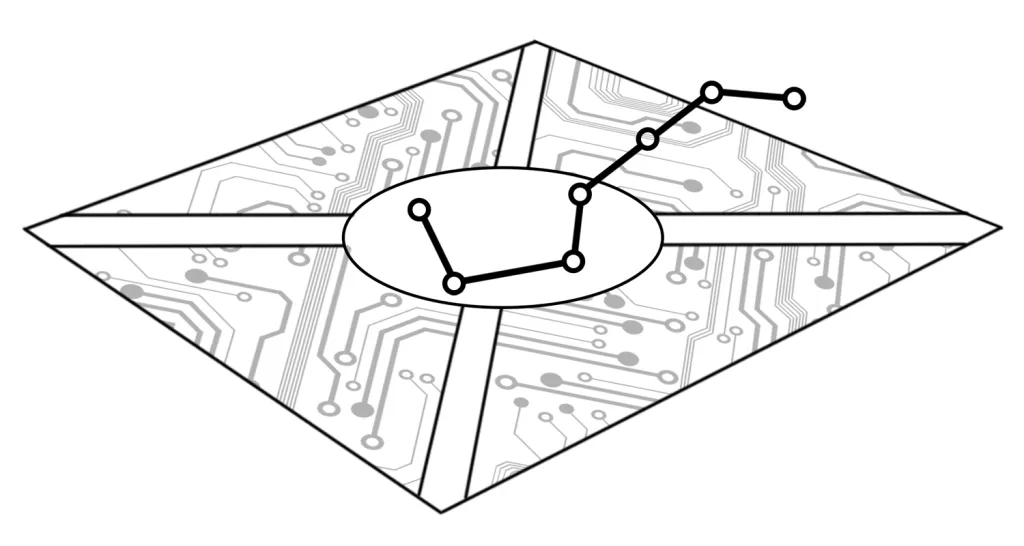Like human beings, the life of all other living beings on Earth deserves respect. A well-maintained biodiversity is essential for a living planet, and is the basis for the survival and development of humanity. Protecting biodiversity contributes to the viability of Earth, and promotes the harmonious coexistence and sustainable development of human beings and nature.
From the perspective of global ecology and biodiversity, the development of Artificial Intelligence (AI) should shift away from anthropocentrism towards a more ecocentric approach. Human beings and all other living organisms on Earth are common inhabitants of this planet. AI should be used to promote the conservation of biodiversity, to facilitate sufficient habitat for all living organisms, and to ensure that all living organisms have complete ecological functions in the ecosystem in which they live. When using ecosystem services, ethics, public order, and morality should be observed, and living organisms should not be subjected to unnecessary suffering. Endangered organisms with important ecological, scientific, or social value or with close emotional connections with humans should be particularly protected.
In order to promote the harmonious development of technology and ecology, especially to promote Biodiversity Conservation, with full considerations of international consensus such as the Convention on Biological Diversity, the UNESCO Recommendation on the Ethics of Artificial Intelligence, and the UNESCO Declaration of Ethical Principles in relation to Climate Change, the following principles are proposed for the development and application of AI for Biodiversity Conservation:
The development of AI should promote the prosperity of biodiversity and ecology, and should continue to promote the use of AI to explore life, understand life, and most importantly, protect life.
AI should promote the humane sustainable development of biodiversity resources, and should contribute to the research and development of alternative solutions and the promotion of their application to support the harmonious coexistence of human and nature.
The development and application of AI should avoid unnecessary harm to living organisms, including: avoiding the destruction of wildlife habitats; avoiding climate change due to excessive energy consumption that affects environmental stability and biodiversity; avoiding hazards to biodiversity from industrial wastes. The negative impacts of AI on biodiversity should be carefully assessed and published. Misuse and abuse of AI to harm living organisms should be avoided.
The regulation of Biodiversity Conservation should be promoted in a variety of ways through the application of AI, including but not limited to the biological monitoring, condition assessment, and scientific intervention to promote animal welfare; the promotion of animal welfare; the monitoring of biodiversity impact factors (e.g. pollution, poaching, deforestation, habitat degradation, climate change, etc.); the monitoring, modeling and forecasting of ecological environments; and the design, analysis and implementation of environmental protection projects.
Safety and security of Biodiversity Conservation related AI applications and services should be ensured. These AI applications and services should follow the principles of prudence and precaution, should be adequately tested for accuracy and robustness, and should be with meaningful human control. Negative impacts on biodiversity due to AI safety and security hazards should be avoided.
Humans should be responsible for the negative impacts of the use of AI on biodiversity. AI models and algorithms related to Biodiversity Conservation should be as transparent, interpretable, and traceable as possible.
Throughout their whole life cycle, AI products and services should comply with international laws, national and regional laws and regulations on Biodiversity Conservation. The legislature should pay attention to the harm caused by AI to biodiversity and animal welfare in a timely manner, and legislate to regulate it.
AI should be applied to promote the education and popularization of knowledge, policies and skills related to Biodiversity Conservation. AI technology should be fully applied to the conservation of biodiversity-related knowledge, such as promoting the establishment and application of biodiversity-related data and knowledge bases, online encyclopedias, and promoting biodiversity research and protection.
AI should be applied to guide the appropriate value of consumption, to automatically monitor and detect behaviors that damage biodiversity, and to adopt appropriate ways to train and guide relevant individuals and organizations.
AI technologies and applications related to Biodiversity Conservation should be promoted. AI should be used to promote global sharing of the value of biodiversity, especially through appropriate means to promote the adoption of AI-enabled Biodiversity Conservation infrastructure in low- and middle-income countries. AI should be used to promote international cooperation on Biodiversity Conservation, to establish cooperation platforms on regulating wildlife trade, protecting wildlife migration, and establishing germplasm banks, to share related data and technology, and to share the benefits of Biodiversity Conservation.








